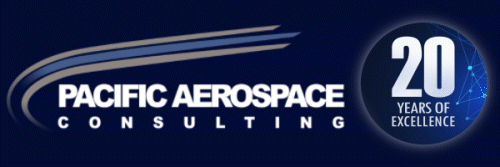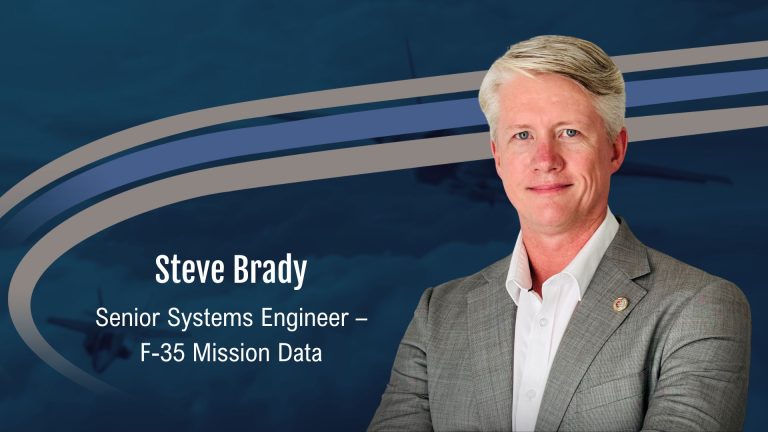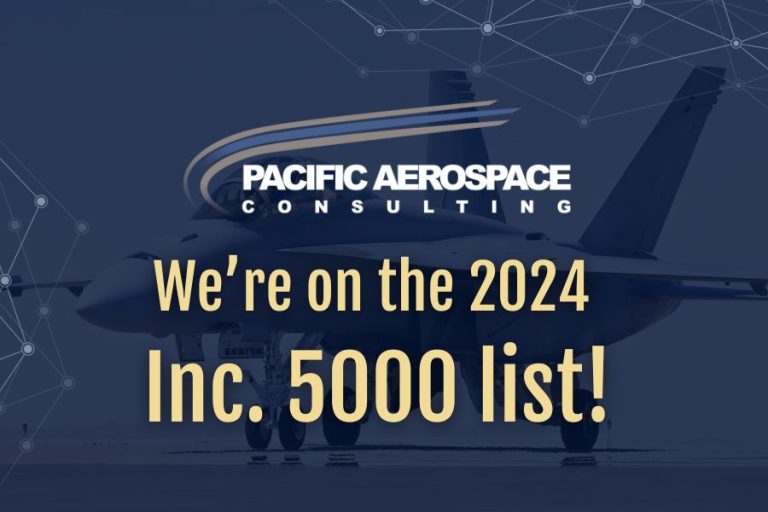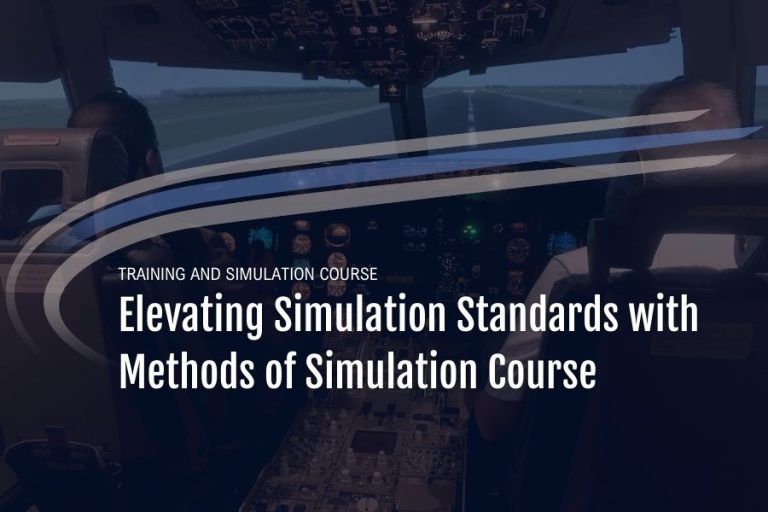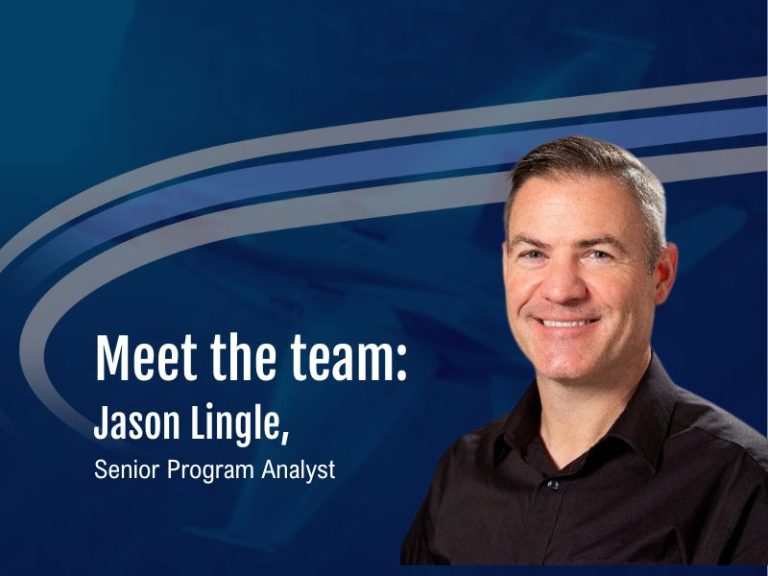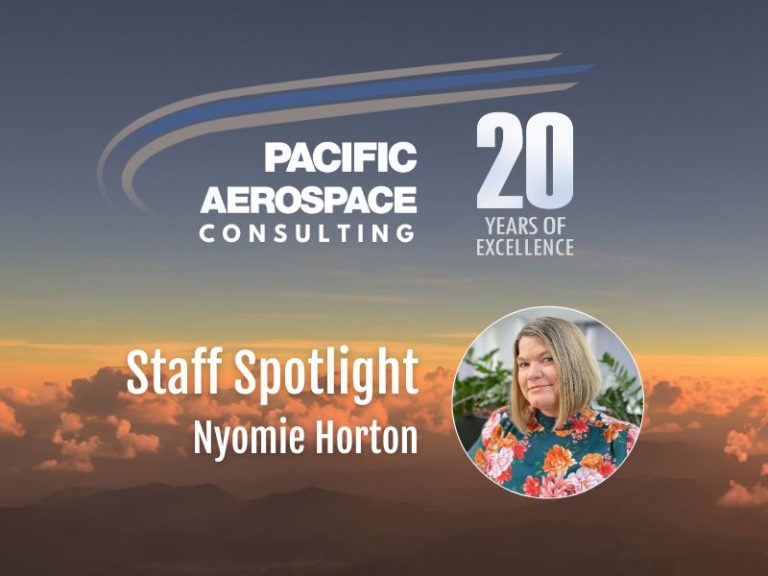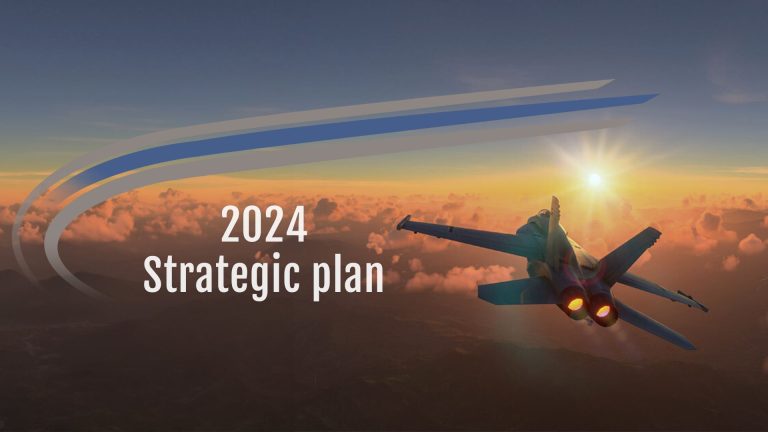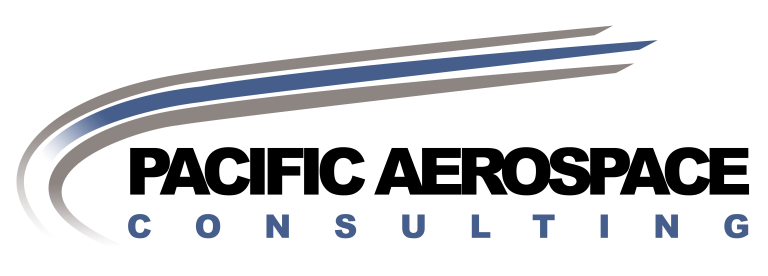As aviators we take for granted that FAA regulations ensure safety of flight, so you might assume they apply to all Flight Simulation Training Devices (FSTDs)—both military and commercial.
However, it’s not that simple.
Device Qualification ensures FSTDs meet FAA standards, which ensure that FSTDs provide the fidelity required to maximize the value of an aircrew-training syllabus. Managed by the FAA National Simulator Program,
the standards live within the 14 CFR Part 60, which:
- Prescribes the governing rules and framework for initial and continuing device qualification
- Prescribes the governing rules for use of FSTDs used to meet training, evaluation, and flight experience
- Prescribes the methods and requirements for achieving qualification devices of a specific fidelity
- Covers continued device fidelity assurance management
The FAA’s authority in terms of oversight, legislation, and regulation is broadly—though not exclusively—limited to the commercial industry. So, while civilian FSTDs are traditionally designed to meet these standards, the
14 CFR Part 60 is not always a consideration in military aircraft design. This creates a potential gap in realizing full device potential and maximizing both operational outcomes and safety.
PAC helps clients realize this potential through customized application of FAA processes, tools and procedures that focus on safety, currency and advanced tactical multi-ship training. This does result in a customized approach to simulator acquisition, development, acceptance testing, and ongoing fidelity management—which is why we’ve developed Methods of Simulation.
At its foundation, PACs Methods of Simulation suite of courses seeks to capitalize on the premise that military and commercial flight simulation have more in common than previously thought – and how each might benefit. These similarities are especially evident when the military aircraft is a close derivative or very similar in nature to a commercial counterpart – such as transport, maritime patrol, ELINT, VIP, rotary-wing and even tanker aircraft. What may not be as immediately obvious is how that same conventional wisdom from the commercial industry can apply to military fast jet trainers, also known as Tactical Operational Flight Trainers (TOFTs). So, while it might be easy to dismiss any potential similarities between a commercial airliner and a fast jet simulator in terms of test, qualification, and certification: the truth is that the methods, processes, and procedures adopted by the commercial aviation sector have much to offer military aviation.
In both sectors, simulation devices focus on competency through reps and sets, with an obvious emphasis on safety. Uniquely, ‘fast jet’ military flight simulation training devices also focus on mission rehearsal and tactical execution. Initially based upon the FAA NSP Academy Simulator Qualification course, and since improved, the PAC Methods of Simulation suite of courses incorporate FAA methods for initial and ongoing qualification of FSTDs, providing the tools for truly measuring the goodness of military FSTDs in meeting those objectives.
Ensuring the most juice from the squeeze, so to speak.
Using their extensive FAA and military experience, our instructors customize a curriculum to your unique learning objectives—from initial device qualification to ongoing effective tactical training. This course—and unique focus on operational application—will deliver a more robust, high-quality training result.
When life gives you lemons, design a more effective training curriculum…
…okay, that doesn’t really work— so just come see us at I/ITSEC 2021 to find out if the juice is worth the squeeze.
For additional information about Methods of Simulation, reach out to:
simulation@pacaerocon.com
+1 858 456 5296
